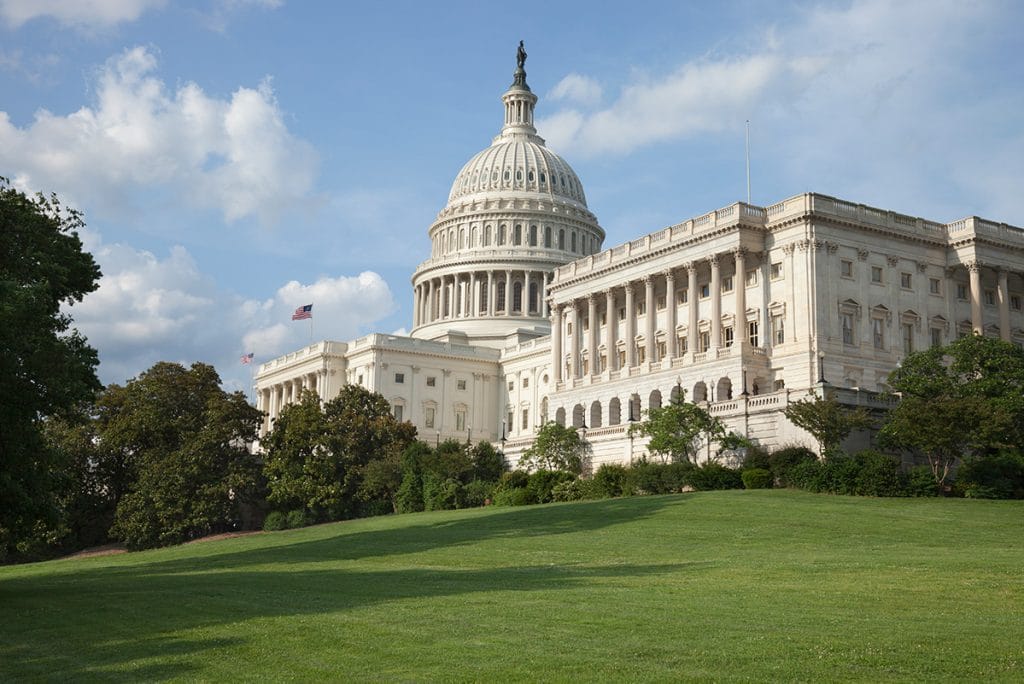CSRS & FERS Planning to Retire in 5-10 Years
You should begin planning several years before the date you have set for retirement so that you will know what is required to continue certain benefits into retirement. There are many factors related to retirement planning, and it is literally never too early to begin. The best place to begin is with your local personnel service center. They can provide personalized assistance and they have your employment records. Your health and life insurance coverage is of immediate concern now because you must carry coverage continuously for at least five years before your retirement or you may be ineligible to continue them.
1.) Check SF 50 form, “Notice of Personnel Action.” It is imperative that this form is filled out accurately as your benefits in retirement could be negatively affected. You specifically need to check Box 30 which is your retirement plan. The following codes are used by the Office of Personnel Management (OPM) to determine which federal retirement system the employee is supposed to be covered by. If you notice in Box 30 that you are listed in the wrong retirement system, you must contact OPM and have them correct it.
- Permanent Employees hired before 1/1/1984: Civil Service Retirement System (CSRS): Box 30 Code: 1 or 6
- CSRS Employees with at least 5 years of service as of 12/31/1986 who left federal service for at least 1 year after 12/31/1983 and then returned to federal service: Civil Service Retirement System and Social Security (CSRS Offset): Box 30 Code: C or E
- Permanent employees hired after 12/31/1983 and before 1/1/2013: Federal Employees Retirement System (FERS): Box 30 Code: K, L, M, N
- Permanent Employees first hired after 12/31/2012 and before 1/1/2014 or rehired employees between 12/31/2012 and 1/1/2014 with less than 5 years of federal service prior to 1/1/2013: Federal Employees Retirement System-Revised Annuity Employees (FERS-RAE): Box 30: Code: KR, LR, MR, NR
- Permanent Employees first hired after 12/31/2013, or rehired employees after 12/31/2013 and with less than 5 years of federal service prior to 1/1/2014: Federal Employees Retirement System: Further Revised Annuity Employees (FERS-FRAE): Box 30: Code KF, LF, MF, NF

2.) In order to continue your health insurance coverage (FEHB) the following conditions must be met:
- Your annuity must begin within 30 days or, if you are retiring under the Minimum Retirement Age (MRA) plus 10 provision of the Federal Employees Retirement System (FERS), health and life insurance coverage are suspended until your annuity begins, even if it is postponed.
- You must be covered for health insurance when you retire.
- You must have been continuously covered by the Federal Employees Health Benefits Program, TRICARE, or the Civilian Health and Medical Program for Uniformed Services (CHAMPUS): for five years immediately before retiring; or
- during all of your federal employment since your first opportunity to enroll; or continuously for full periods of service beginning with the enrollment that started before January 1, 1965, and ending with the date on which you become an annuitant, whichever is shortest.
3.) Federal Employees Group Life Insurance program choices in retirement. The federal employee must ask themselves the question, “How much life insurance will I need now and in retirement?” It is very important you have an understanding of how the four different parts of FEGLI works now and while you are in retirement (Basic, Option A, Option B and Option C).
4.) Check your eligibility for Social Security benefits and or the special retirement supplement (If you qualify).
You can go to your local social security office and ask for form SSA-7004-PC, “Request for Earnings and Benefit Estimate Statement or you can register an account on SSA.gov to learn about your future eligibility for Social Security benefits and estimates at specified dates. Please keep in mind these estimates do not reflect any reduction for the Government Pension Offset or the Windfall Elimination Provision.

Retirement planning is easier with a trusted advisor on your side. Give us a call to schedule your no-cost benefit and retirement assessment review: +1 (800) 356-2041
5.) Government Pension Offset: Some of an employee’s spousal Social Security benefit may be offset if the employee has a government pension from work not covered by Social Security. The offset does not apply to the employee’s own Social Security benefit, only the benefit that comes from a spouse’s employment. If the Government Pension Offset applies, the spousal Social Security benefit will be reduced by two-thirds of any
Federal pension based on employment not covered by Social Security.
Some employees are exempt from the Government Pension Offset. They are employees who are automatically covered by the Federal Employees Retirement System (FERS), Civil Service Retirement System (CSRS) Offset,
and those who elected to transfer to the FERS before January 1, 1988, or during the belated transfer period which ended June 30, 1988. Employees who were covered by the CSRS and who elected FERS coverage after June 30, 1988 must have five years of Federal employment covered by Social Security to be exempt from the offset.
7.) Windfall Elimination Provision: If you receive a Federal pension and are also eligible for Social Security benefits based on your own employment record, a different formula may be used to compute your Social Security benefit. This formula will result in a lower benefit. The Windfall Elimination Provision affects workers who reach age 62 or become disabled after 1985 and are first eligible after 1985 for a Federal pension.
The Windfall Elimination Provision does not apply if:
- You were eligible to retire before January 1, 1986; or,
- You were first employed by the government after December 31, 1983; or,
- You have 30 or more years of substantial earnings under Social Security.
8.) Consider your Thrift Savings Plan contributions and withdrawal options
9.) Employees that are 65 years of age must educate themselves about MedicareGet Your No-Cost Review


